
Fire metallurgy is a mature method for processing laterite nickel ore, which can be divided into rotary kiln drying pre reduction electric furnace reduction smelting method, sintering blast furnace vulcanization smelting method, etc. The main products are iron nickel alloys and nickel alloys, which are recognized as the most economical method for processing laterite nickel ore.
1.Rotary kiln drying pre reduction electric furnace reduction smelting process

The rotary kiln drying pre reduction electric furnace reduction smelting method is a typical process for treating laterite nickel ore. It is mainly used to treat silicate type nickel oxide ore and limonite type nickel oxide ore with low nickel content, and the product is mainly nickel iron.
1.Raw ore crushing:Crush the raw ore to a certain size for subsequent processing.
2.Drying:The crushed raw ore is sent to a rotary kiln for drying to remove moisture from the ore. The dried ore is easier to undergo subsequent pre reduction treatment.
3.Pre reduction:The dried ore is sent to a rotary kiln for pre reduction treatment. In the rotary kiln, the ore comes into contact with reducing agents (such as CO), and some nickel minerals are reduced to nickel metal. Pre reduction treatment can improve the recovery rate of nickel.
4.Electric furnace reduction smelting:The pre reduced ore is sent to the electric furnace for reduction smelting. In an electric furnace, the ore comes into contact with a reducing agent (such as CO), and nickel metal is further reduced and melted into nickel iron. Electric furnace reduction melting is the core step of this process.
5.Nickel iron extraction:After melting, the molten material undergoes steps such as cooling, crushing, and magnetic separation to separate nickel iron. Magnetic separation can remove magnetic impurities from molten materials.
6.Tailings Treatment:After further treatment, such as drying and crushing, magnetic separation tailings can be used as building materials or for other purposes.

Technological advantages
Good adaptability:This process can handle laterite nickel ore with low nickel content and has strong adaptability.
Short process:Compared with other processes, this process is shorter and can save equipment and operating costs.
High nickel recovery rate:Through pre reduction and electric furnace reduction melting, the recovery rate of nickel is relatively high.
Environmental Protection:This process reduces the generation of tailings and is beneficial for environmental protection.
Energy saving:The drying and pre reduction processes of rotary kilns can save energy and reduce energy consumption.
The rotary kiln drying pre reduction electric furnace reduction smelting method is a typical process for treating laterite nickel ore with good adaptability, short process, and high nickel recovery rate.
2.Sintering+blast furnace vulcanization melting process
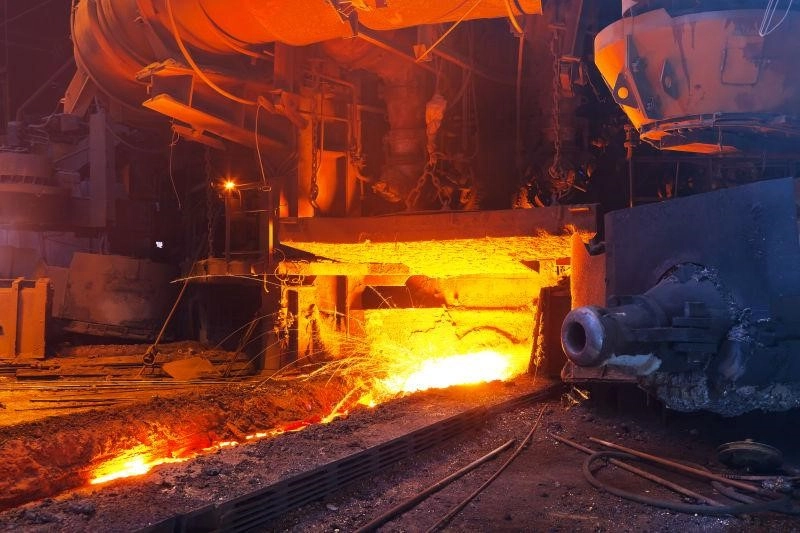
This method involves adding an appropriate amount of calcium oxide and silicon dioxide to laterite nickel ore, sintering it into blocks at 1100 ℃, then adding pyrite and coke, and smelting it in a blast furnace at 1350 ℃ to produce low ice nickel products.
1.Ingredients:Mix laterite nickel ore with an appropriate amount of calcium oxide (CaO) and silicon dioxide (SiO2) to adjust the melting point and sintering performance of the ore.
2.Sintering:The mixed material is sintered at high temperature (about 1100 ℃) to form a block like material. The sintering process helps to improve the density and strength of materials, preparing them for subsequent melting.
3.Ingredients:Mix the sintered block with pyrite (FeS2) and coke to provide a reducing agent and sulfur source.
4.Blast furnace melting:The mixed materials are fed into the blast furnace and melted at high temperatures (approximately 1350 ℃). Pyrite and coke react at high temperatures to generate reducing agents (CO and H2), while providing sulfur, which promotes the sulfidation and melting of nickel minerals.
5.Low ice nickel production:During the smelting process, nickel minerals are reduced and melted into low ice nickel, which is separated from the slag. Low ice nickel products can be further processed to extract valuable metals such as nickel and copper.

Technological advantages
Simple process:The sintering blast furnace vulcanization melting method has a relatively simple process flow, low equipment requirements, and is easy to operate and maintain.
Low investment:Compared with other complex mineral processing methods, this process requires relatively low investment and is suitable for small and medium-sized enterprises and individual investors.
Simple operation:The process flow is simple, there are fewer operating steps, and the technical requirements for operators are relatively low.
Low electricity consumption:Compared with other high-temperature smelting processes, this process has lower electricity consumption, which helps to reduce operating costs.
Strong adaptability:This process can handle various types of laterite nickel ores with strong adaptability.
The sintering blast furnace vulcanization smelting method is a simple process, low investment, simple operation, and low electricity consumption method for treating laterite nickel ore, suitable for small and medium-sized enterprises and individual investors.
For more professional suggestions? Contact us!
Warm Tips:If you want to know more information, like quotation, products, solutions, etc.,
Contact: Pingheng
Tuxing Sun Mineral Processing Expert
Wechat/whatapp:+86 18092529083
Email:[email protected]
- Random article
- Popular articles
- Popular comments
- Selective grinding and agglomeration flotation process for bauxite
- Intense Magnetic Separation Process for Iron Ore
- Lithium Ore Processing: Gravity Separation and Flotation
- Effective Gravity Beneficiation for Chromium Ore
- Chromite Gravity and Magnetic Separation Process
- Chromium Ore Gravity Separation and Flotation Process
- Manganese ore washing to achieve the best results



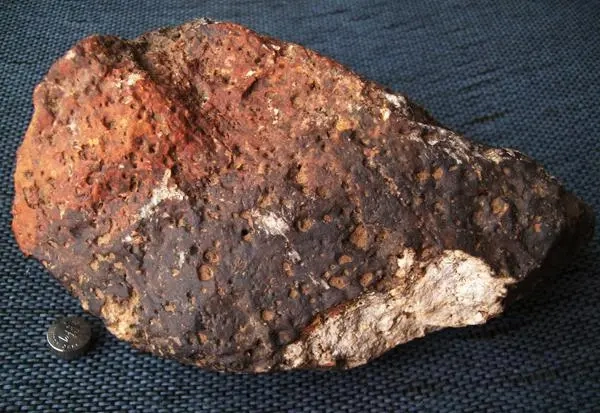
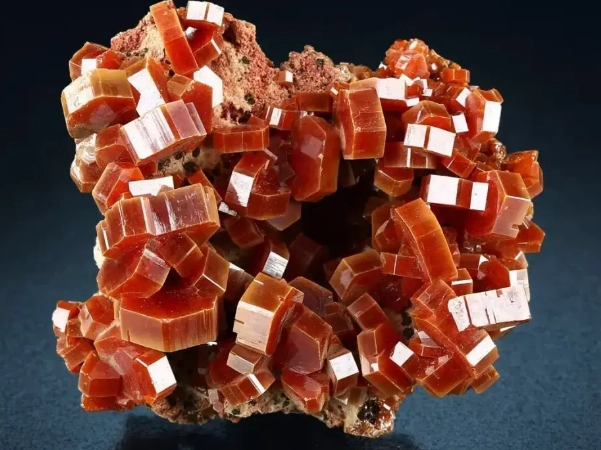

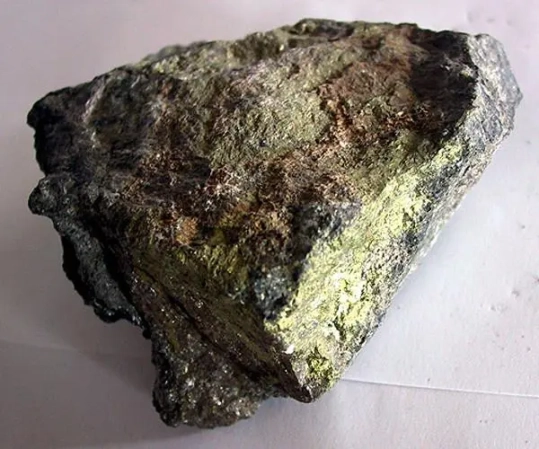

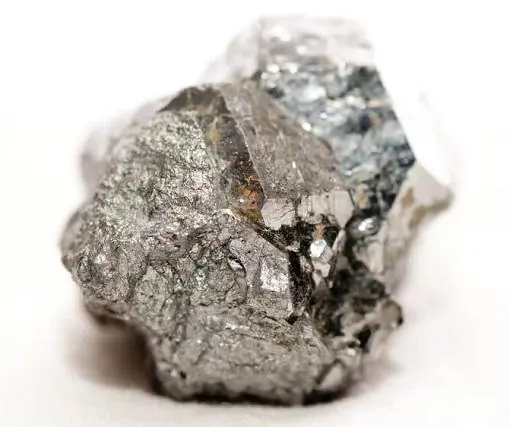

Leave a message with your needs or comments
Add comment: